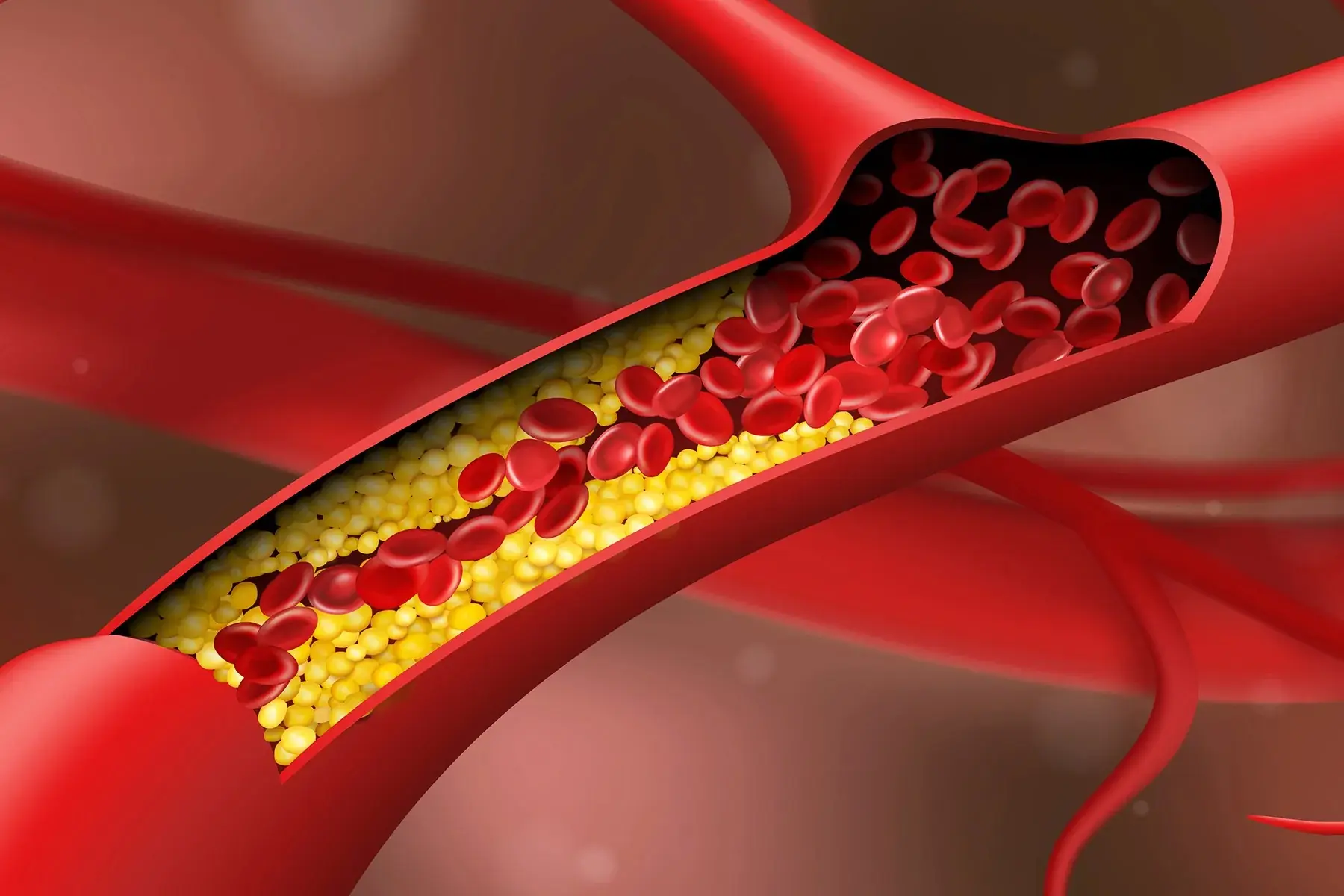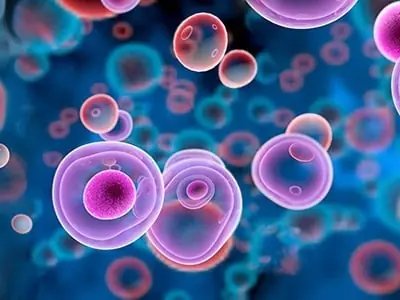
Agmatine: A Little-Known Nutrient for Fibromyalgia and Nerve Pain
Agmatine: A Little-Known Nutrient for Fibromyalgia and Nerve Pain
For some individuals, the chronic pain of fibromyalgia may stem not just from muscles and joints, but from the nervous system, specifically a condition called small fiber neuropathy. This involves damage to the small nerve fibers that transmit pain, temperature, and touch.
The good news is that emerging research suggests a specific nutrient, Agmatine, shows promise in calming the overactive pain signals linked to this kind of chronic nerve pain.

The Link Between Fibromyalgia and Nerve Damage
Small fiber neuropathy affects the tiny, unmyelinated nerve fibers, causing symptoms that overlap heavily with fibromyalgia, including:
-
Sensitivity to touch ($\text{allodynia}$)
-
Burning, stinging sensations, and tingling
-
Widespread chronic aches
-
Broader nervous system issues affecting heart rhythm, sweating, and gut function.
Studies using skin biopsies have found evidence of small fiber neuropathy in a significant percentage of people diagnosed with fibromyalgia. This suggests the root of the pain is often in the nervous system’s pain processing centers, rather than solely in the muscles.
How Agmatine Calms Overactive Pain Signals
In chronic pain states like small fiber neuropathy, the pain signaling pathway is often "turned up." This process is largely driven by the chemical messenger glutamate activating nerve receivers called NMDA receptors in the spinal cord, sending an amplified signal of pain to the brain.
Agmatine, a compound naturally derived from the amino acid arginine, works primarily within the central nervous system to turn the volume down on these excessive pain signals.
| Agmatine's Mechanism | Effect on Pain |
| Blocks NMDA Receptors | Directly interferes with the receptors responsible for sending amplified pain signals up the spinal cord. |
| Reduces Glutamate Release | Decreases the amount of excitatory chemical released, further calming nerve activity. |
| Activates GABA-A Receptors | Enhances the effect of $\text{GABA}$, the brain's main inhibitory (calming) neurotransmitter, reducing nerve hyperexcitability. |
In essence, agmatine acts as a neuroprotective agent, putting a damper on the pain signaling pathway and calming overactive nerves. This mechanism is why research suggests it may be effective for various types of nerve pain, including pain from spinal cord injuries and conditions involving extreme touch sensitivity.
Dosing and Next Steps
-
Typical Dosage: Based on studies, a dose of $\mathbf{1,000 \text{ to } 2,000 \text{ milligrams}}$ of agmatine per day is commonly used for these conditions.
-
Recommendation: While agmatine can be an incredibly useful tool for managing symptoms and reducing pain, it's vital to work with a healthcare professional. Chronic pain often has underlying causes—such as vitamin deficiencies ($\mathbf{B12}$ or thiamine), diabetes, or autoimmune conditions—that must be identified and addressed for a complete treatment plan.
News in the same category


12 everyday habits that quietly raise your stroke risk

Drink this before bed to balance blood sugar & stop nighttime bathroom trips!

Doctors reveal that consuming bananas at 11 am causes in

Fatty liver disease: 6 symptoms you need to know

The Mystery Behind Sudden Sharp Chest Pains Has Finally Been Solved

10 Unusual Foot Symptoms That May Indicate Diabetes

Eat This Seed and Watch Your Vision Improve — Especially After 60!

Why You Should Never Ignore a Bump on Your Inner Thigh and How to Get Rid of It

New Research Finds 40–50% of Colon Cancer Cases Can Be Prevented by Doing These Simple Things

CLOGGED ARTERIES TRIGGER HEART ATTACKS AND STROKE EAT THIS TO HELP UNCLOG YOUR ARTERIES

How Water Fasting Triggers Powerful Cellular Healing and Reveals Surprising Long-Term Benefits

90% of Diabetes Cases Could End If You STOP These Foods

Drink One Cup Daily of Mullein Tea to Cleanse Your Lungs of Phlegm and Toxins

Top 8 Warning Signs of Ovarian Cancer Women ABSOLUTELY Need to Know

Visible Veins Explained: Normal Causes, Health Risks, and When to Worry

Canker Sores Are The Absolute WORST…Here’s How To Get Rid of Them Fast!

5+ Things Your Feet Can Reveal About Your Health (That You Shouldn’t Ignore)
News Post

A Gentle Giant Named Valor: The Dog Who Chose Love Over Fear

Barnie’s Long Wait: A Tale of Hope, Patience, and Unconditional Love

Willie Ortiz: The Quiet Hero Who Feeds the Forgotten

A Love That Lasts a Lifetime

A Love That Transcends Time: A Valentine’s Date Beyond Goodbye

The Bear Who Knew How to Relax.

A Simple Meal, A Profound Act of Kindness.

An Entire Dog Family Was Thrown Away — Dad, Mom, Three Daughters, and Even Grandma

This Mystery Animal Was Found by the Dumpster — Dog, Coyote, or Something In Between?

The Woman Who Rescued a “Puppy”—And Discovered She Had Raised a Wolf

Don’t Clean Your Rice Cooker with Plain Water: Use This Method to Make It Sparkling Clean in Just 5 Minutes

If you find a roll of toilet paper in your fridge, you had better know what it means

What Your Favorite Pie Says About You

Beautify with familiar ingredients available in every home

If you have nail fungus, try this natural cure; it goes away fast

12 everyday habits that quietly raise your stroke risk

Drink this before bed to balance blood sugar & stop nighttime bathroom trips!

Doctors reveal that consuming bananas at 11 am causes in

Fatty liver disease: 6 symptoms you need to know
